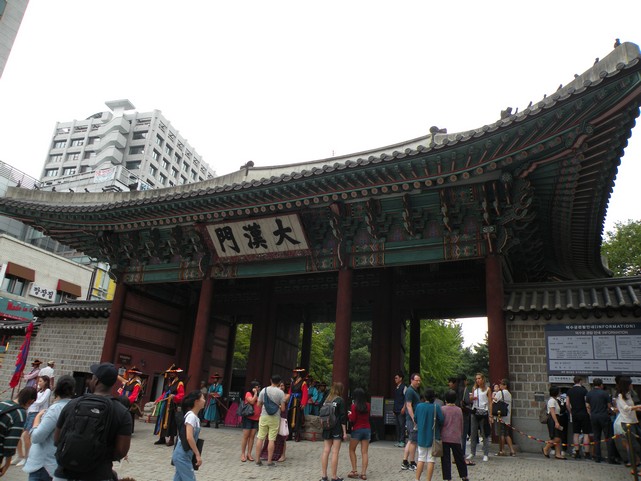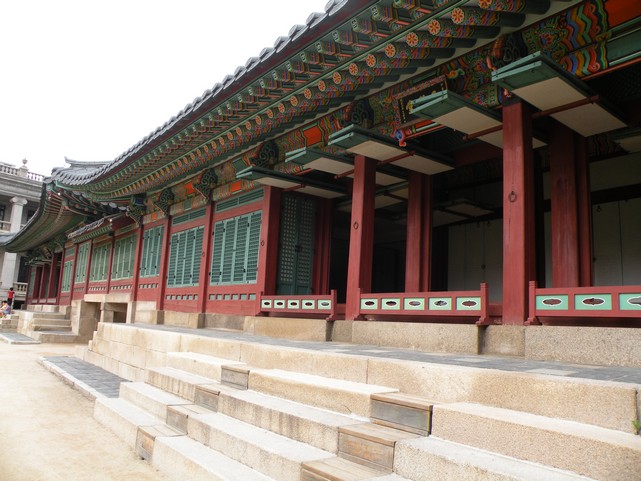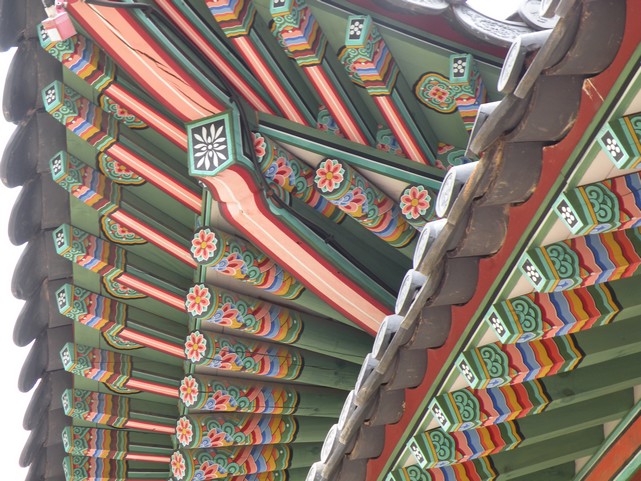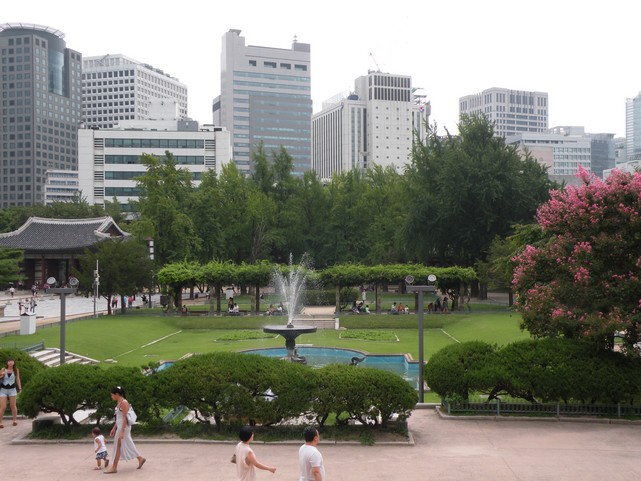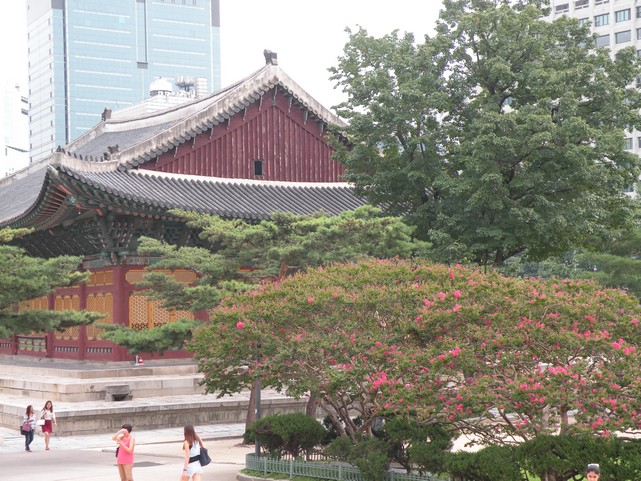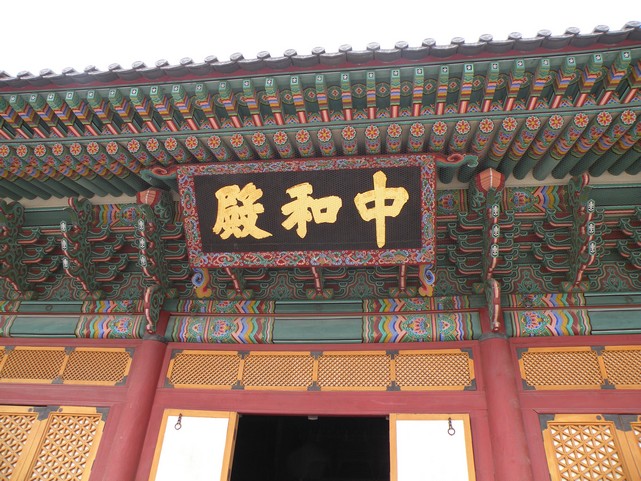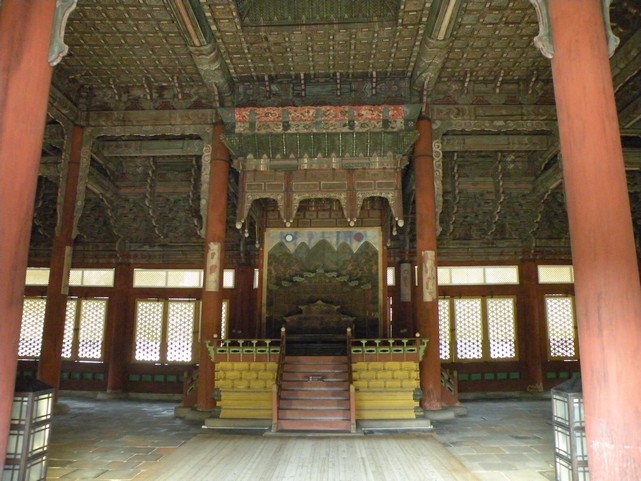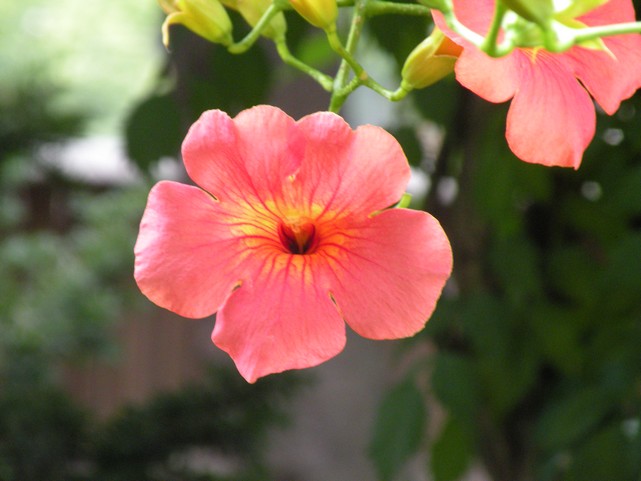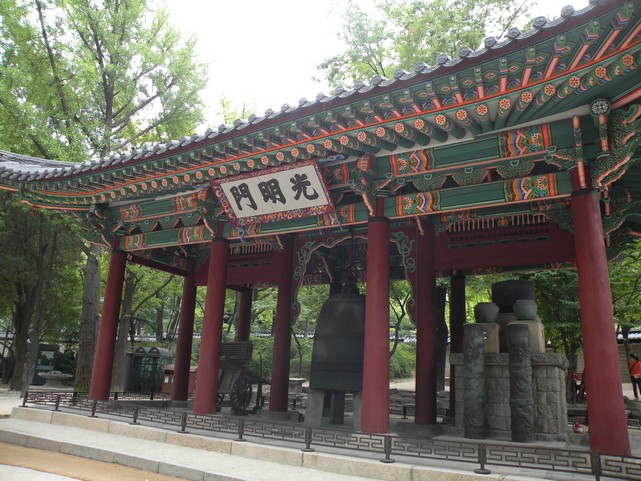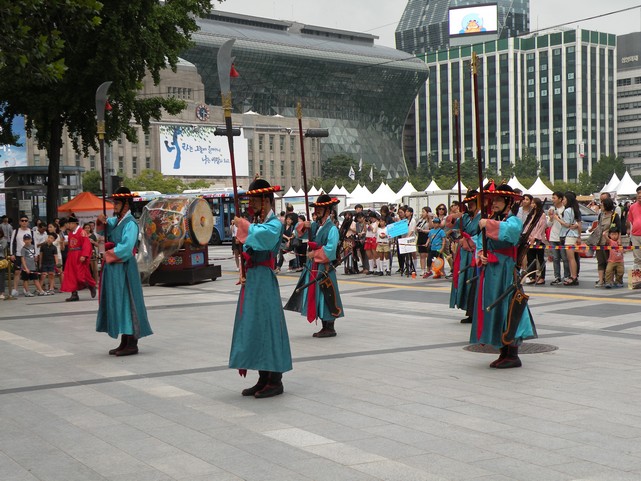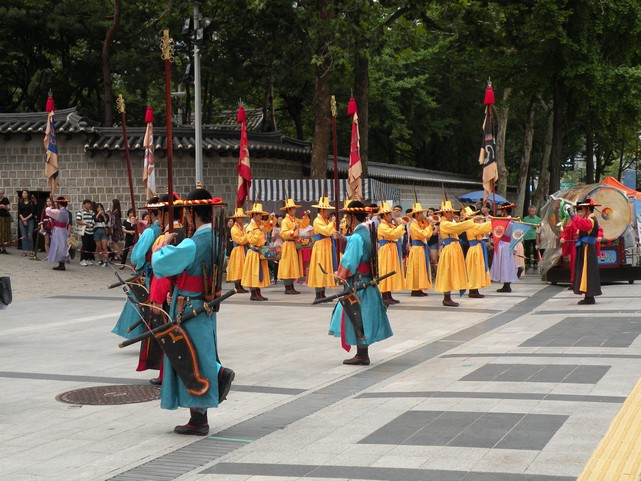After waterfalls, new fruits and a visit of the famous Seongsan Ilchulbong, I travelled to the Western side of the island. At the third day, I visited the Hallim Park and Hyeopjae Beach.

Day 3: Sea, K-Dramas and museums

At the third and last day of my trip on Jeju, I wanted to use my time to visit the Western side of the island. I met a Korean a day before and we decided to travel together. On our way, our first stop brought us to Oedolgae Rock. From there one has a nice sea view. Different loop roads guide along the rock cliffs. The setting is really nice which is the reason why it is not surprising that this background was also used for some K-Dramas. In general, Jeju is one of the favourite places for shooting programs. Oedolgae Rock was also the setting for the K-Drama “Daejanggeum”. The TV series was broadcasted in 2003.
The second really shortstop brought us to the “Jungmun Tourist Complex”. Here are several museums as Ripley’s “Believe it or not! Museum” which is a chain from the US and shows different curiosities, wonder of nature and records. Furthermore, there is a Chocolate Museum and a Teddy Bear museum. Visitors of the “Alive Museum” can make funny pictures and play with optical arts and “Play Kpop” is a museum about K-Pop music with hologram- as well as 3D-concerts. But I don’t want to make too much advertise here. If you like museums, have a bit of time and/or rainy days, this place is perfect for you.
Hallim Park – palms, caves, and tropical birds
Hallim Park is named after its location near to the Hallim-eup. The park was founded in 1971 and is a famous tourist spot next to the popular Hyeopjae Beach. Hallim Park reaches almost 100,000 square meters and has many different gardens with plants, animals, and caves.

After the “Palm Tree Avenue”, visitors can see the “Wild grass & Flower Garden”, the “Jeju Stone & Bonsai Garden”, the “Stone Exhibit Hall” and the “Water Garden”. The “Hyeopjae & Ssangyong Caves” are known as the only two-dimensional caves in the world. The “Jae-Am Folk Village”  includes several traditional houses. Visitors get the chance to feed small parrots, see beautiful peacocks and ostriches in the “Bird Garden”. Here some birds are also allowed to walk freely through the park. In the “Subtropical Garden” live different types of animals as turtles, snakes, and lizards. I liked that the birds had the chance to walk freely. But – and I don’t want to start a long and tiring discussion now- but I had the feeling that the terrariums in the “Subtropical Garden” were a bit too small for the animals. And I think that’s a pity because the gardens are really beautiful but, in my opinion, visitors can enjoy their visit so much more when they have the feeling that the animals feel well in the park (whereupon I also do not want to impute something).
includes several traditional houses. Visitors get the chance to feed small parrots, see beautiful peacocks and ostriches in the “Bird Garden”. Here some birds are also allowed to walk freely through the park. In the “Subtropical Garden” live different types of animals as turtles, snakes, and lizards. I liked that the birds had the chance to walk freely. But – and I don’t want to start a long and tiring discussion now- but I had the feeling that the terrariums in the “Subtropical Garden” were a bit too small for the animals. And I think that’s a pity because the gardens are really beautiful but, in my opinion, visitors can enjoy their visit so much more when they have the feeling that the animals feel well in the park (whereupon I also do not want to impute something).
Besides the listed gardens, there are also smaller ones which are open in different months as the “Cherry Blossom Garden” in April. We  were almost three hours in the park, I really underestimated the size of it. The entry fees were 10,000 Won ( ~9$). I would recommend the park, it was really beautiful and fun to see all the plants and animals. My highlights were feeding the small parrots, the avenue with the little Grandfathers at the beginning of the “Wild grass & Flower garden”, but also the “Bonsai Garden” with little trees which were several hundred years old, the “Palm Tree Avenue” and the little houses of the “Jae-Am Folk Village”.
were almost three hours in the park, I really underestimated the size of it. The entry fees were 10,000 Won ( ~9$). I would recommend the park, it was really beautiful and fun to see all the plants and animals. My highlights were feeding the small parrots, the avenue with the little Grandfathers at the beginning of the “Wild grass & Flower garden”, but also the “Bonsai Garden” with little trees which were several hundred years old, the “Palm Tree Avenue” and the little houses of the “Jae-Am Folk Village”.
White sand beaches and clear blue water
Our last stop for the day brought us to Hyeopjae Beach (협재해수욕장). I already wrote in my last article about beautiful beaches with crystal clear blue water which looks like they were stolen from a high glossy magazine. Yes, with this sentence I meant the Hyeopjae  Beach on the Western part of Jeju. I don’t know how full the beach is in a high season since we were there in mid of October. There were still several people relaxing at the beach. The coast is around nine kilometres long, has beautiful white sand and lava rocks. The water is for a long time very shallow when you walk in. I think swimming is only allowed with a lifeguard in high season.
Beach on the Western part of Jeju. I don’t know how full the beach is in a high season since we were there in mid of October. There were still several people relaxing at the beach. The coast is around nine kilometres long, has beautiful white sand and lava rocks. The water is for a long time very shallow when you walk in. I think swimming is only allowed with a lifeguard in high season.
Click here to read part I:
Jeju – The vacation paradise of South Korea Pt. I






















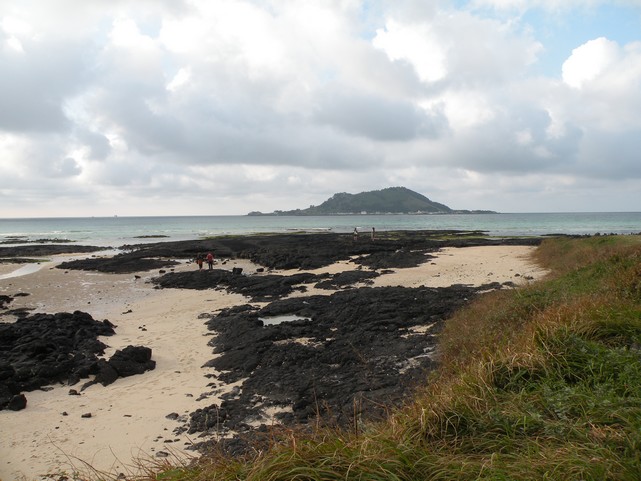



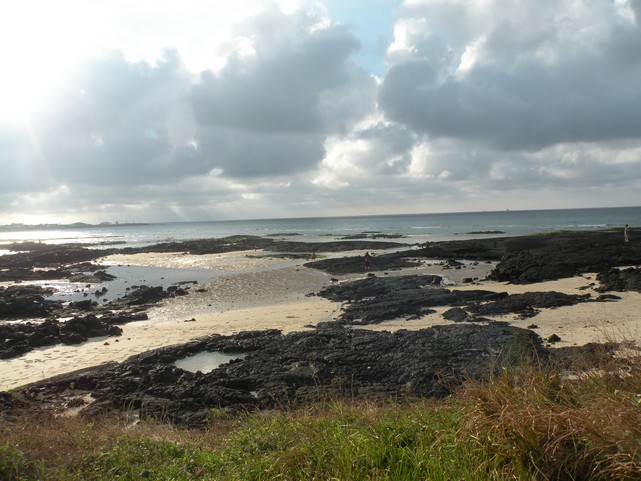





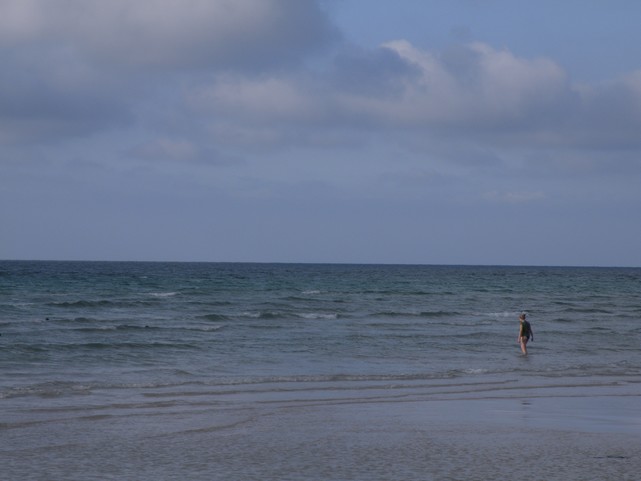







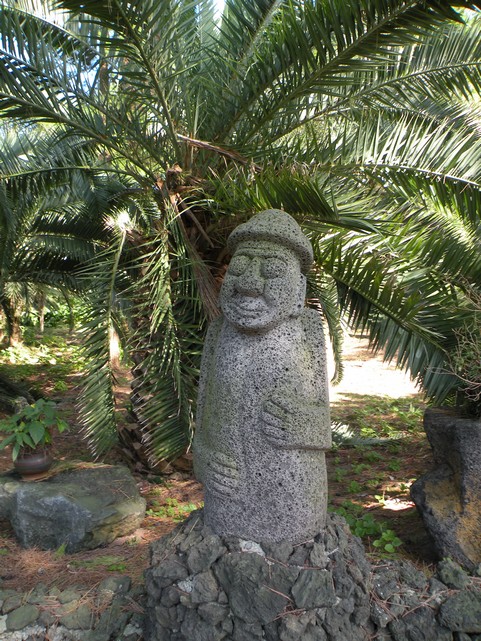

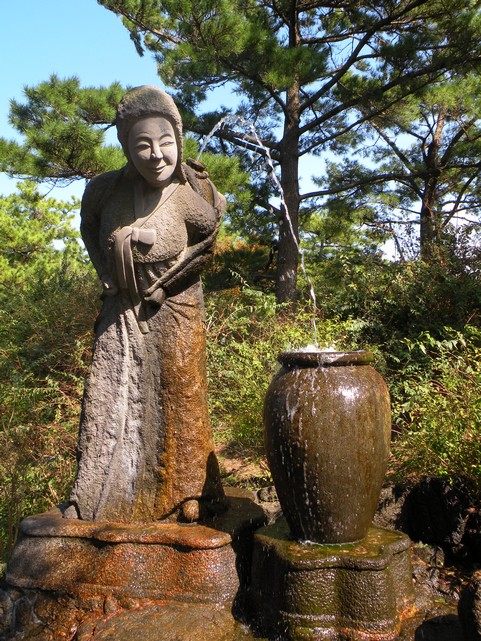



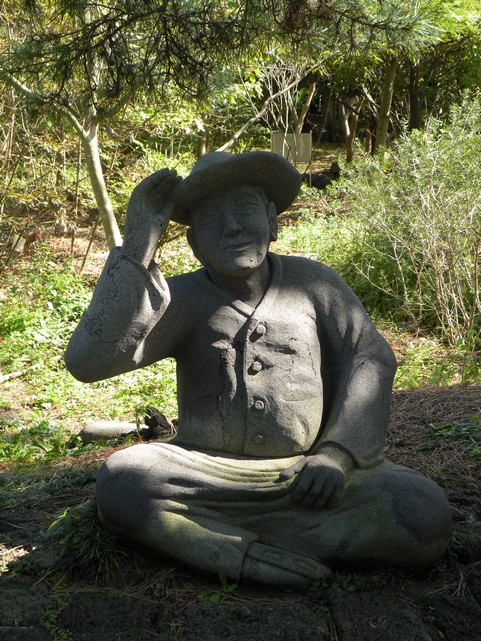















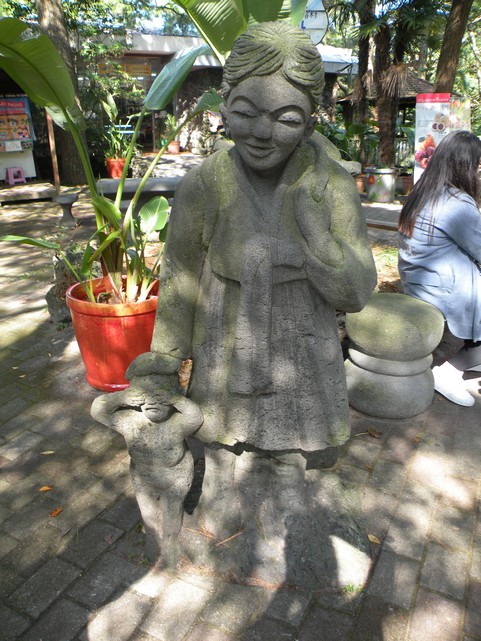



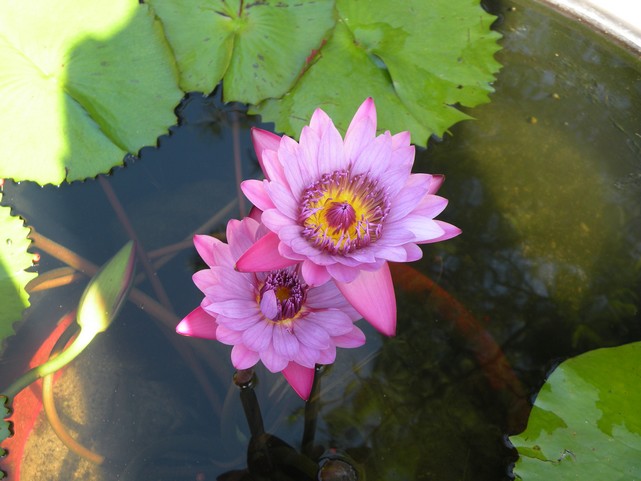

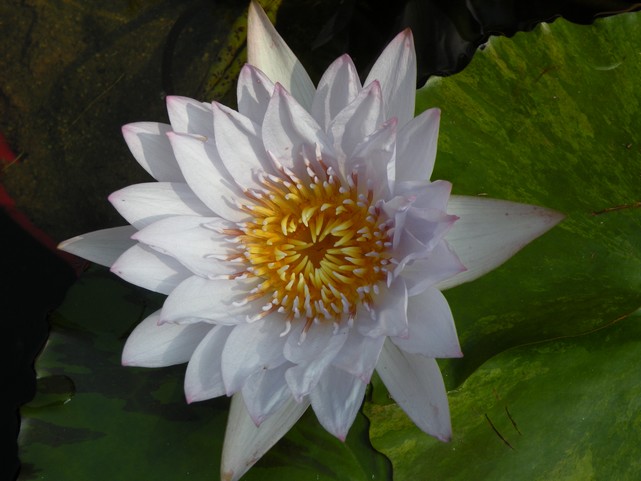



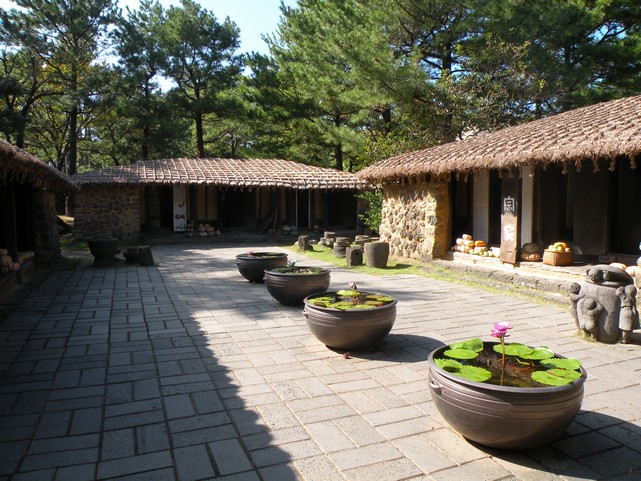



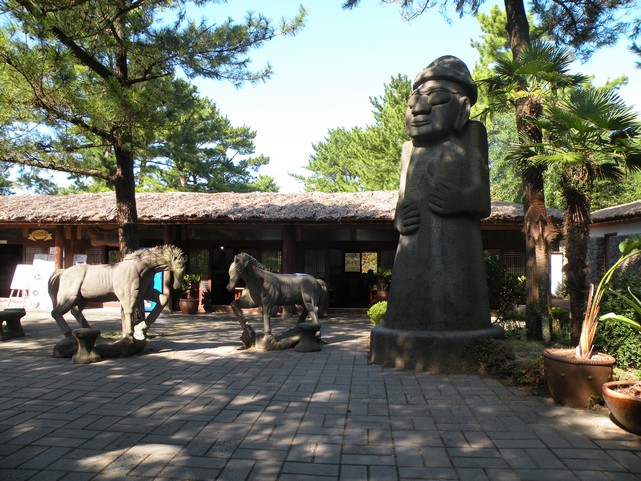

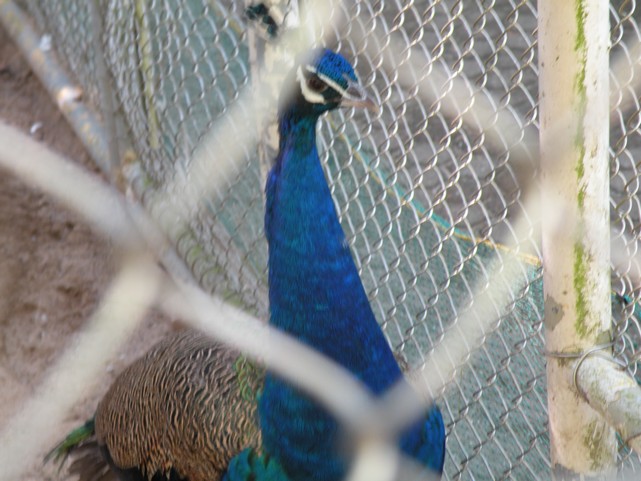





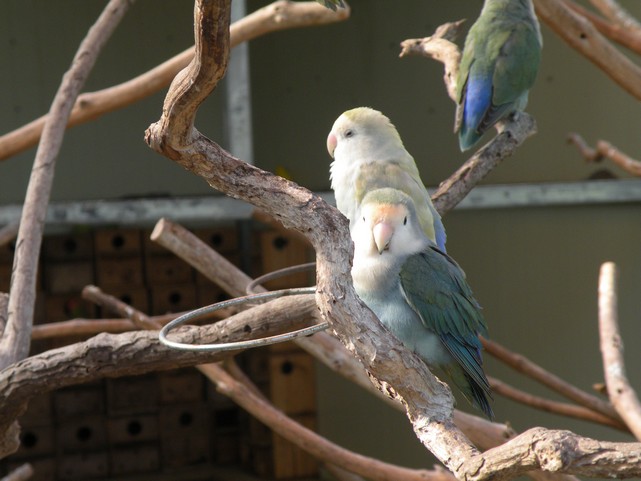

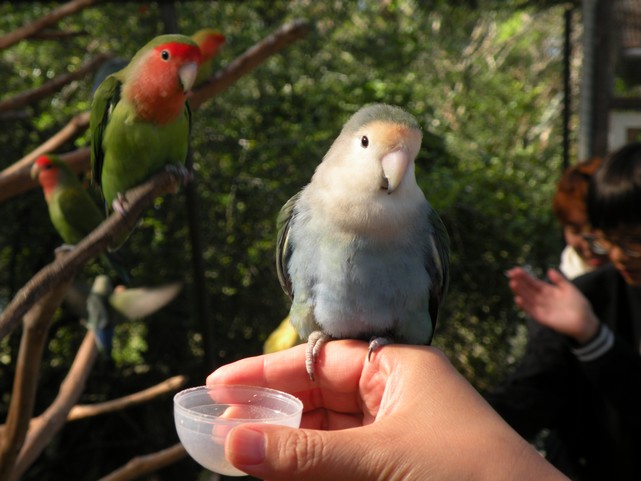

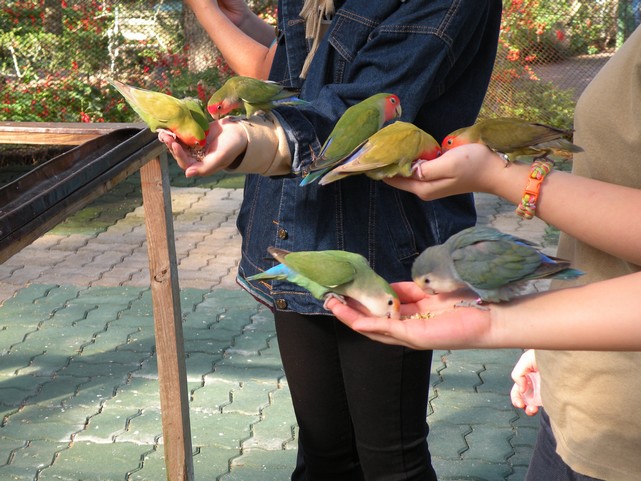

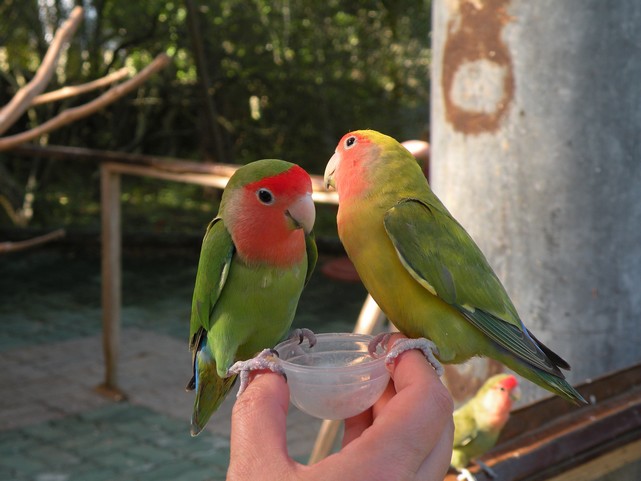

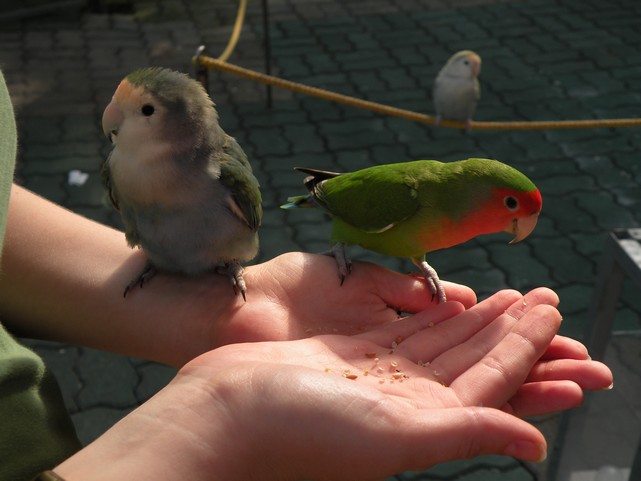





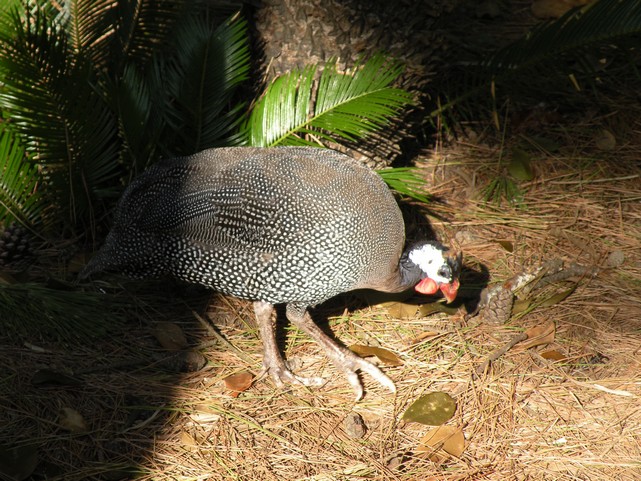







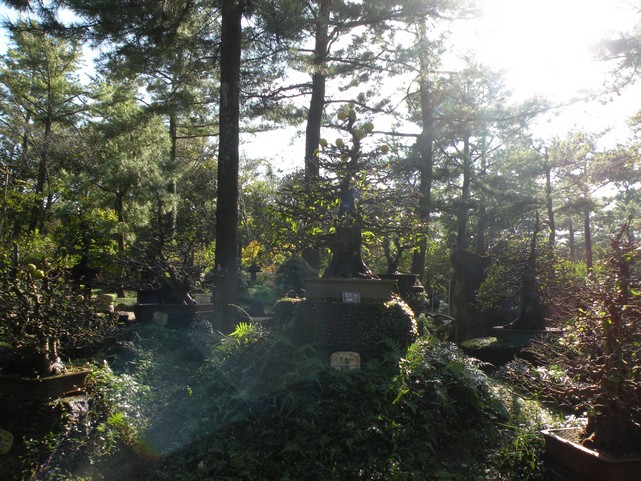





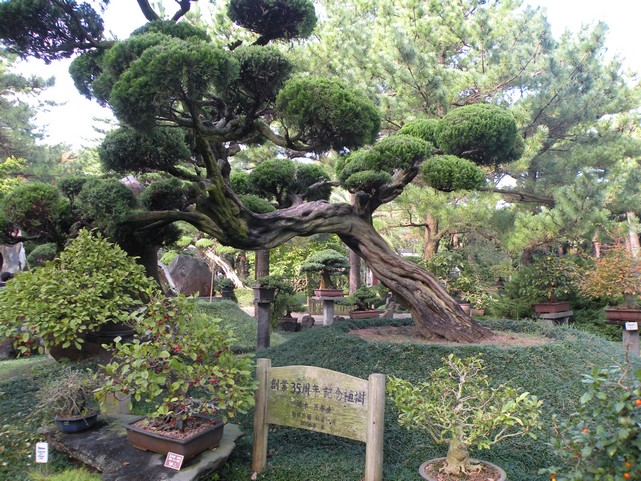

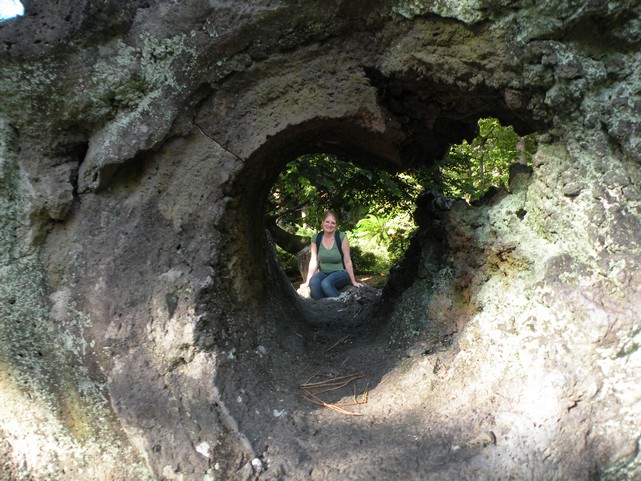



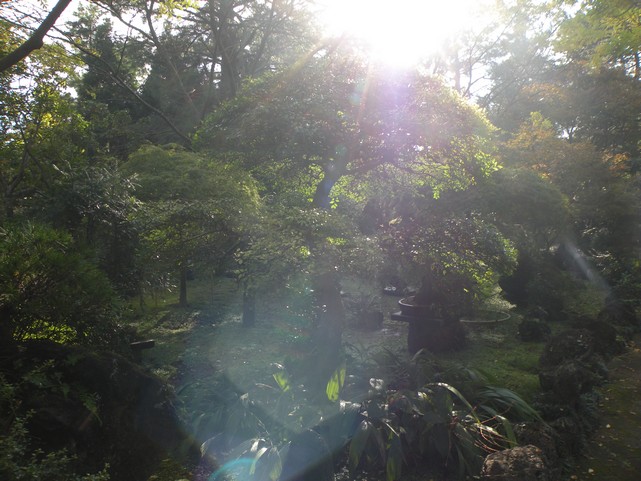









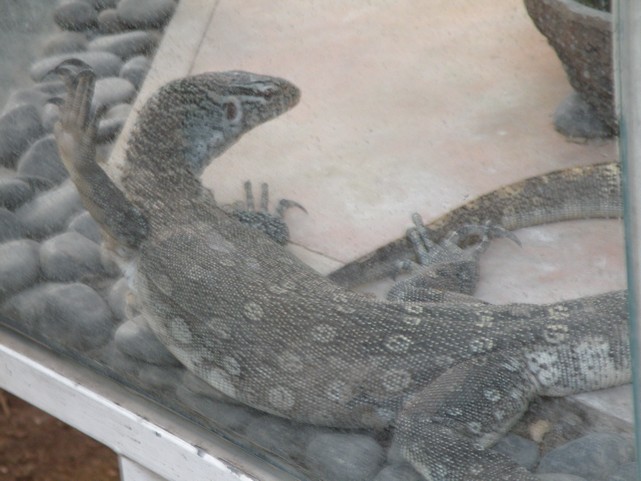





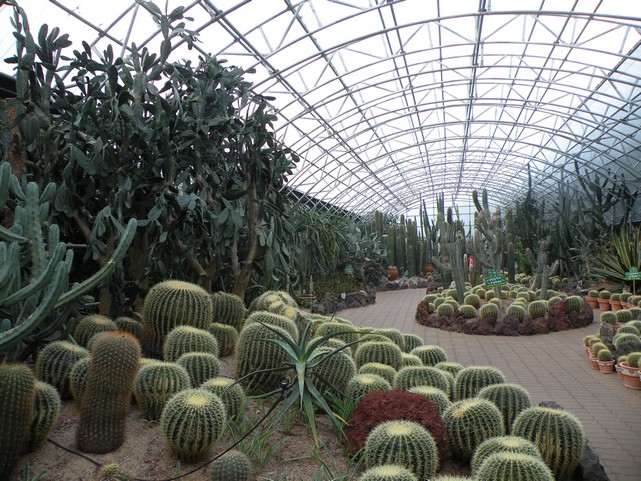

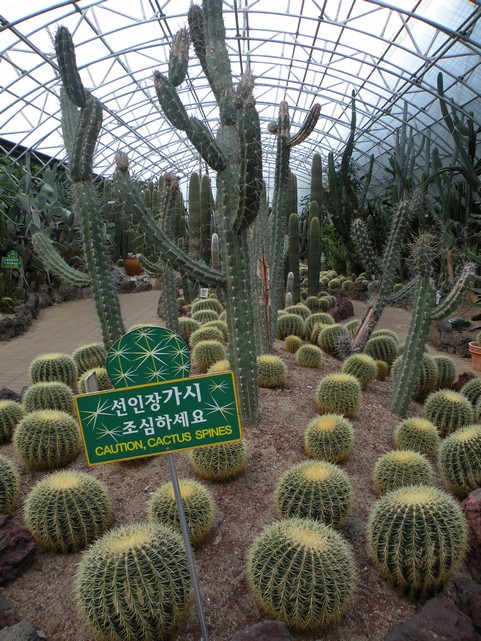

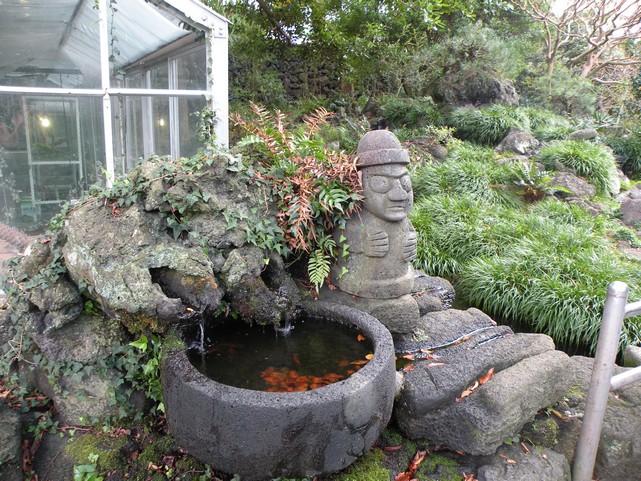



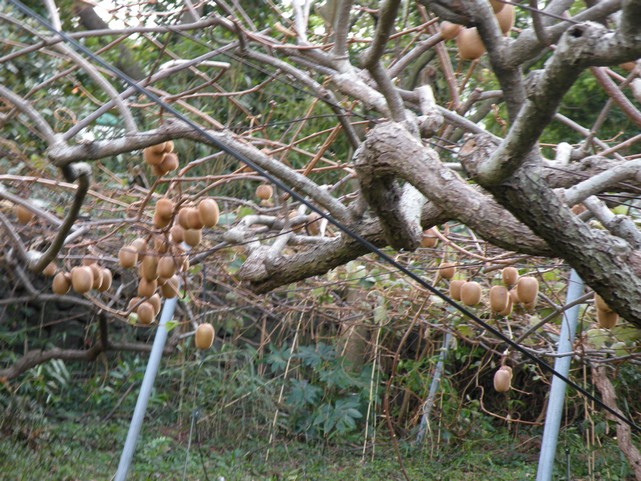

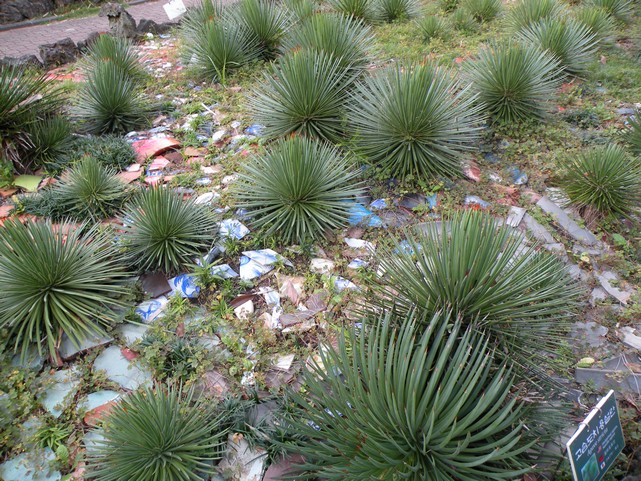









 We were in the Namsangol Hanok Village. The entry is free. This village shows again the combination out of traditional and modern life in Korea, around the beautiful houses are skyscraper. I was really surprised, how small the rooms and houses were. At the entrance gates are everywhere warnings that you should pay attention because the gates are so low. Even for me, it was a problem (and I really don’t know many people who are smaller than me). The architecture is totally incredible and beautiful. You will feel like you travelled back in time. The location is so nice that also many fresh married couples come to the Villages to take their wedding pictures.
We were in the Namsangol Hanok Village. The entry is free. This village shows again the combination out of traditional and modern life in Korea, around the beautiful houses are skyscraper. I was really surprised, how small the rooms and houses were. At the entrance gates are everywhere warnings that you should pay attention because the gates are so low. Even for me, it was a problem (and I really don’t know many people who are smaller than me). The architecture is totally incredible and beautiful. You will feel like you travelled back in time. The location is so nice that also many fresh married couples come to the Villages to take their wedding pictures.
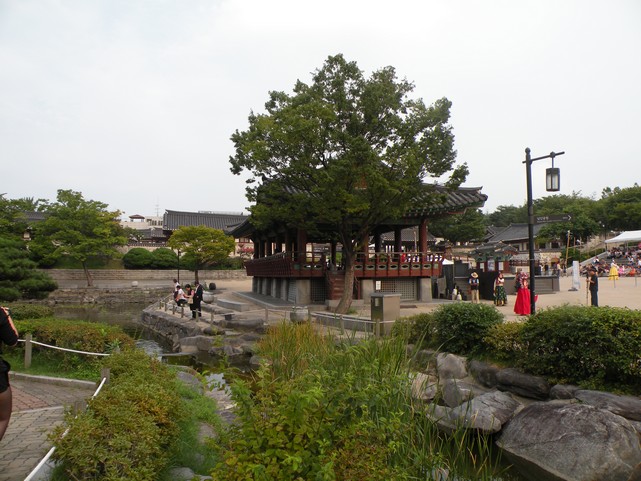



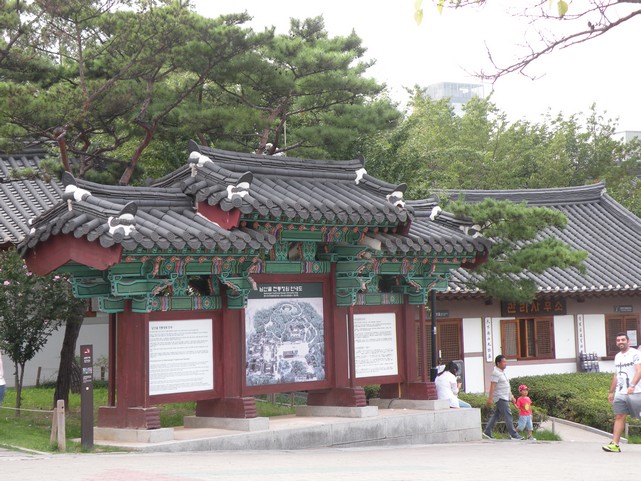

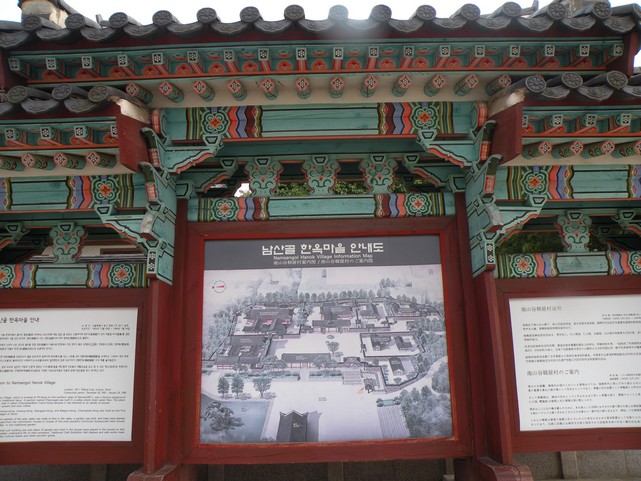





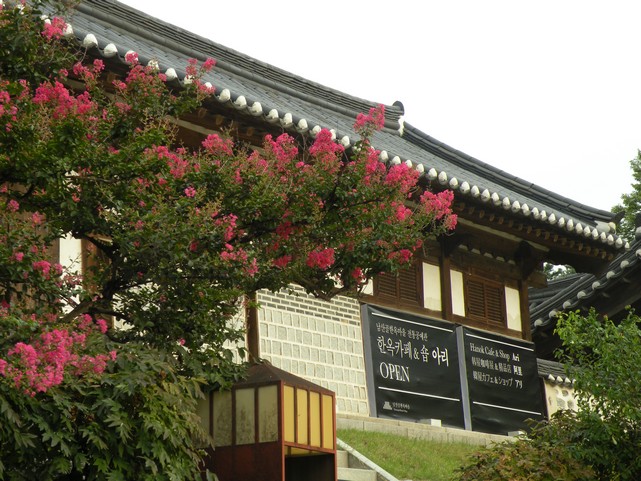

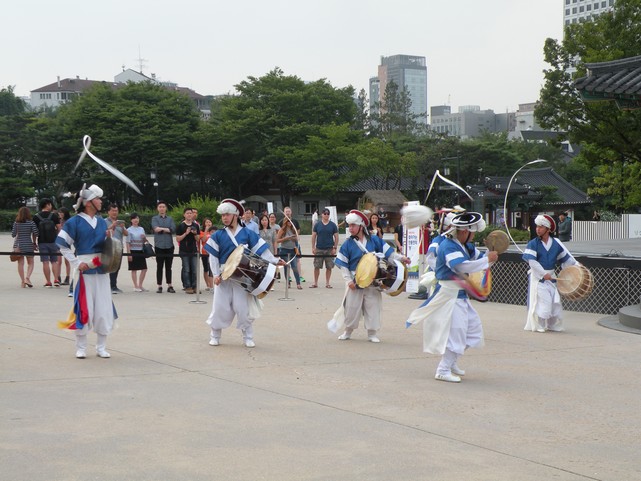



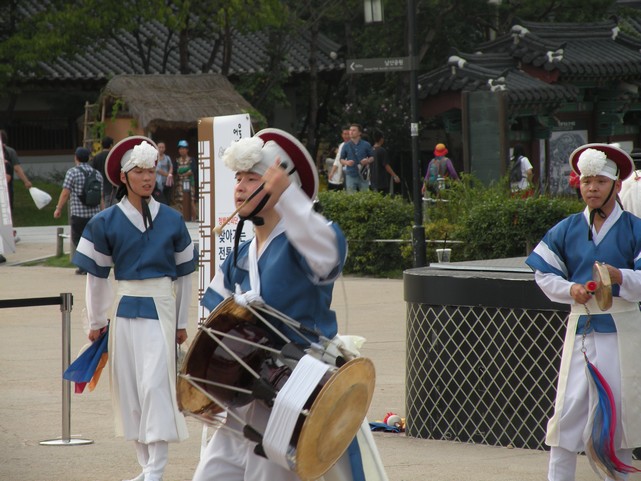

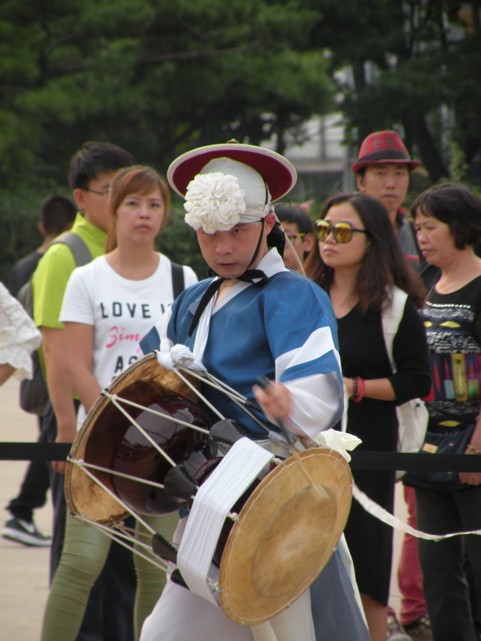

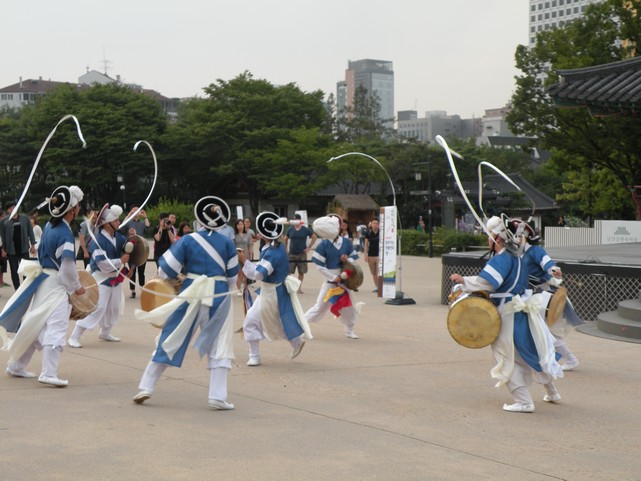







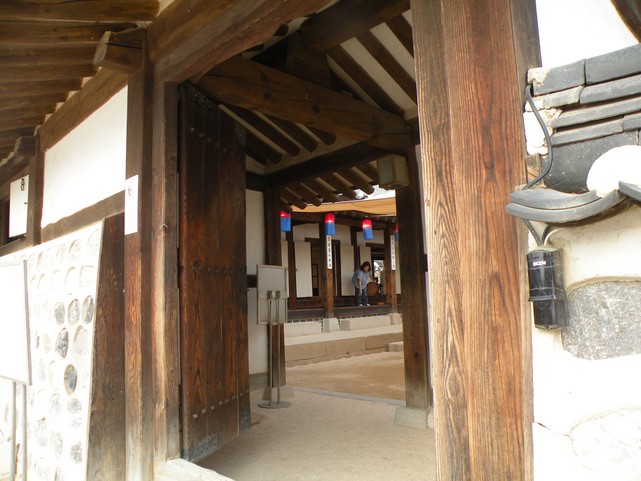

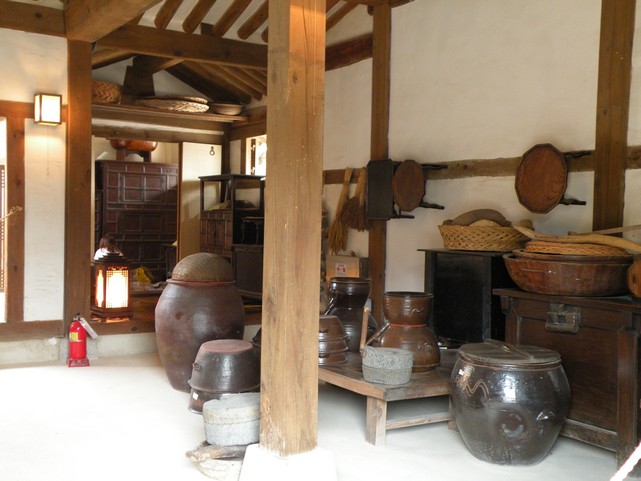





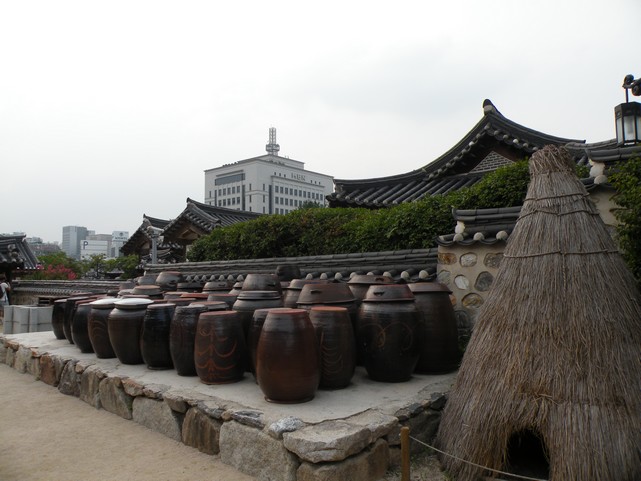















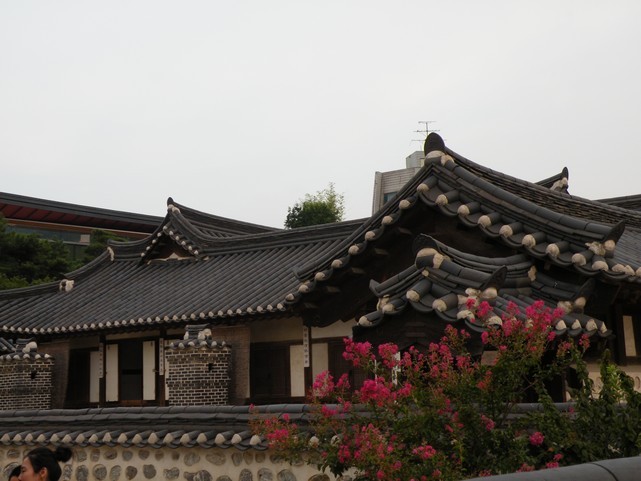

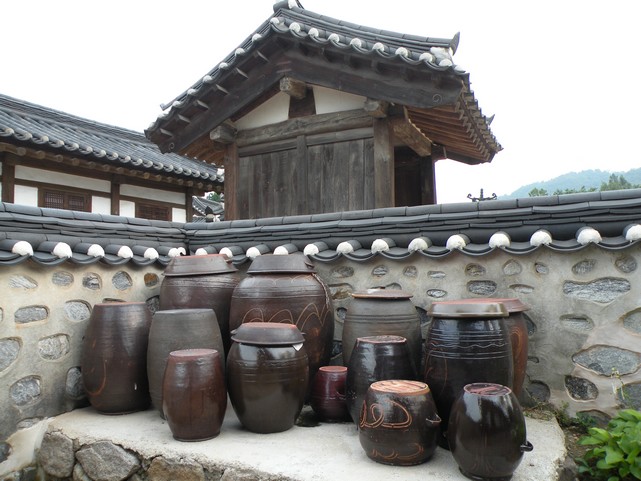

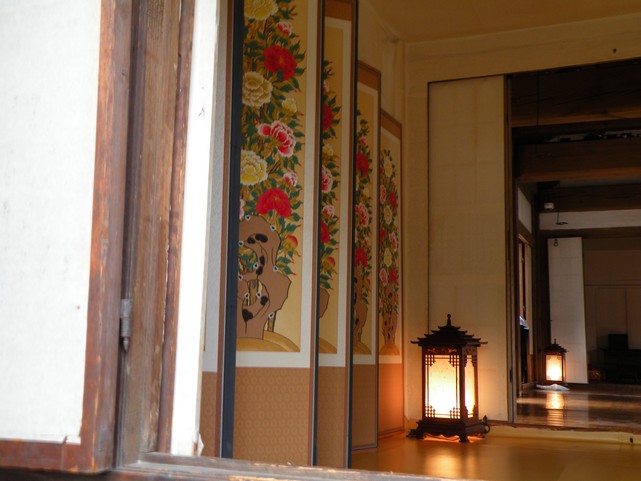















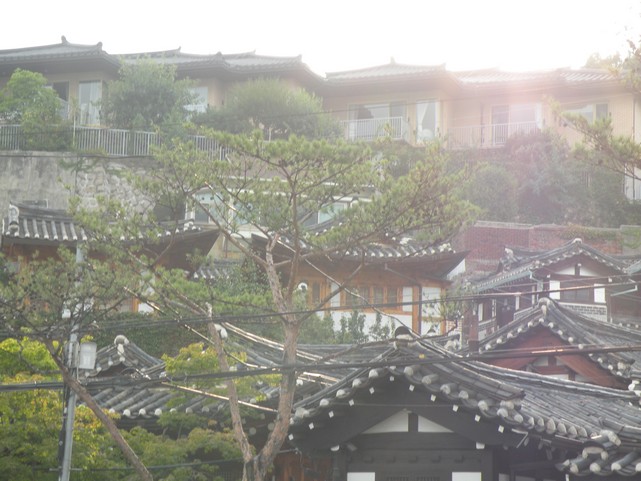



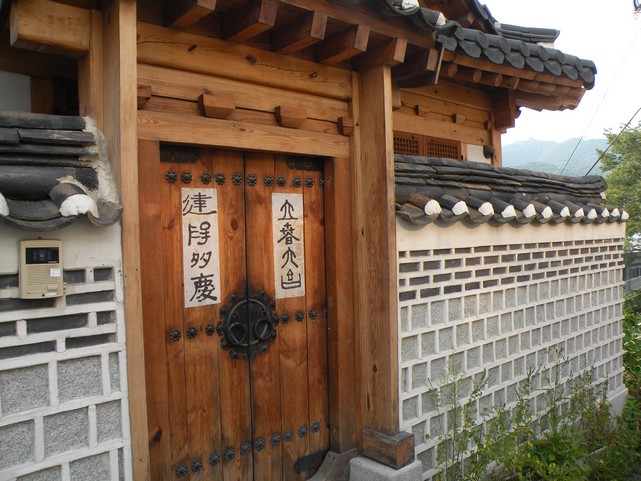

 One of the most important holidays in South Korea is Chuseok (
One of the most important holidays in South Korea is Chuseok (



